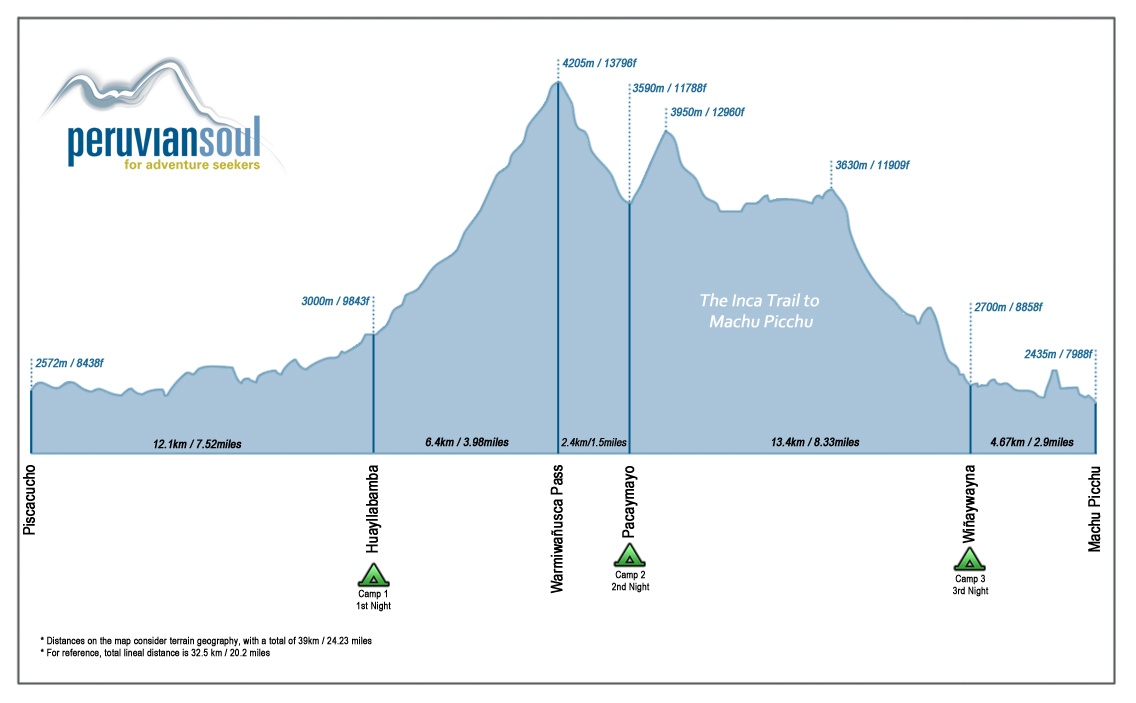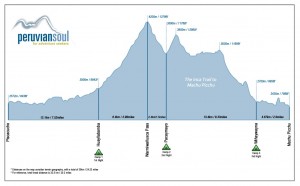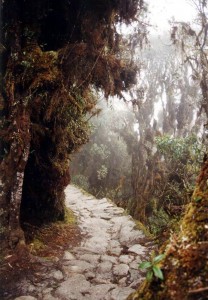by Bob Sparrow
A week ago Sunday I had the pleasure of going on a ‘Memoria Hike’ for our dearly departed friend, Patrick Michael. It was his birthday and he had passed a year ago April at 62; he is still missed every day, not just by his family, but by our entire neighborhood and a whole host of friends and co-workers. The hike took place at Peter’s Canyon in Orange and was attended by 20+ neighbors and family, and several dogs!
Like I’m sure most of his friends think, my relationship with Patrick was special – he always had time for everyone, could make or fix anything, although sometimes it cost him a finger or two, lost via his table saw, and he always had a great attitude and a good sense of humor – especially the ability to laugh at himself.
After moving into the neighborhood, for years I didn’t really get to know him, or rather knew him as the guy who sang “There once was a man from Nantucket” on a co-ed party bus during the holidays. At another neighborhood holiday party in 2007, Patrick told us that he had just returned from climbing Mt. Whitney, the highest mountain in the continental United States at 14,505 feet. This intrigued several of us at the party, so we asked him if he was interested in helping us train and lead another assent of Whitney. He, of course, agreed – and thus was born, The Trail Boss.
He trained us on local mountains, climbing Mt. San Antonio (Baldy) many times and Mt. San Jacinto out in the desert. By June 2008 we were ready.
The night before our hike, we camped at Whitney Portal (altitude around 8,400 feet) at the trailhead to Whitney to get acclimated to the altitude. The next day about two-thirds of the way to the summit, one of our hikers, who is diabetic, could go no further due to a blood-sugar imbalanced, typical of Patrick, rather than continue the hike to the summit, he turned around to accompany the hiker back down the mountain, while the rest of us continued on.
Patrick had reintroduced me to hiking and I loved it, so I wanted to do more. We planned to hike Yosemite’s Half Dome, but the first time we tried, the cables that get you to the very top of the dome, were down, so our hike ended at the base of the final assent. In 2012, we returned, and with the cables up, we were able to reach the top and take in that spectacular view. After hikes in Joshua Tree National Park and neighboring Ladder’s Canyon, in 2013, Linda had given me a 70th birthday present of a hike in the Himalayas in Nepal (I checked to see if it was a one-way ticket!) The trip was for two and she thought that my brother, Jack would accompany me, but he was not really into hiking, so my obvious choice was to ask Patrick – I did and he happily agreed. So, in June of 2014 I enjoyed my favorite hike of all time with one of my best friends of all time. On that 12-day journey, Patrick and I enjoyed the people and the culture of the Himalayas and shared many amazing experiences. It’s where we learned the meaning of the original Sanskrit greeting, Namaste – “The divine in me bows to the divine in you.” As a reminder of Patrick, a Namaste plaque and Buddhist prayer flags from Kathmandu, hang in my patio. As an aside, I still stay in contact with, Dom Tamang, our Nepalese guide for that hike.
A year later, Patrick and I, and a childhood friend of Patrick and the friend’s son, did a four-day hike on the Inca Trail to
Machu Picchu – another spectacular experience that Patrick’s enthusiasm and curiosity made even more special.
After returning from Machu Picchu, we discussed where our ‘next big hike’ should be; I suggested Kilimanjaro, which Patrick, for whatever reasons, wasn’t too keen on initially, but some time later he came to me and said, “Let’s do Kilimanjaro”. Unfortunately, that box will remain unchecked.
I keep the program from Patrick’s memorial service next to my bathroom mirror, so I see him every morning and am reminded of three things, 1) I was fortunate to have Patrick in my life, 2) I should strive to be more like him, and 3) no one is guaranteed tomorrow – live life to the fullest.





















